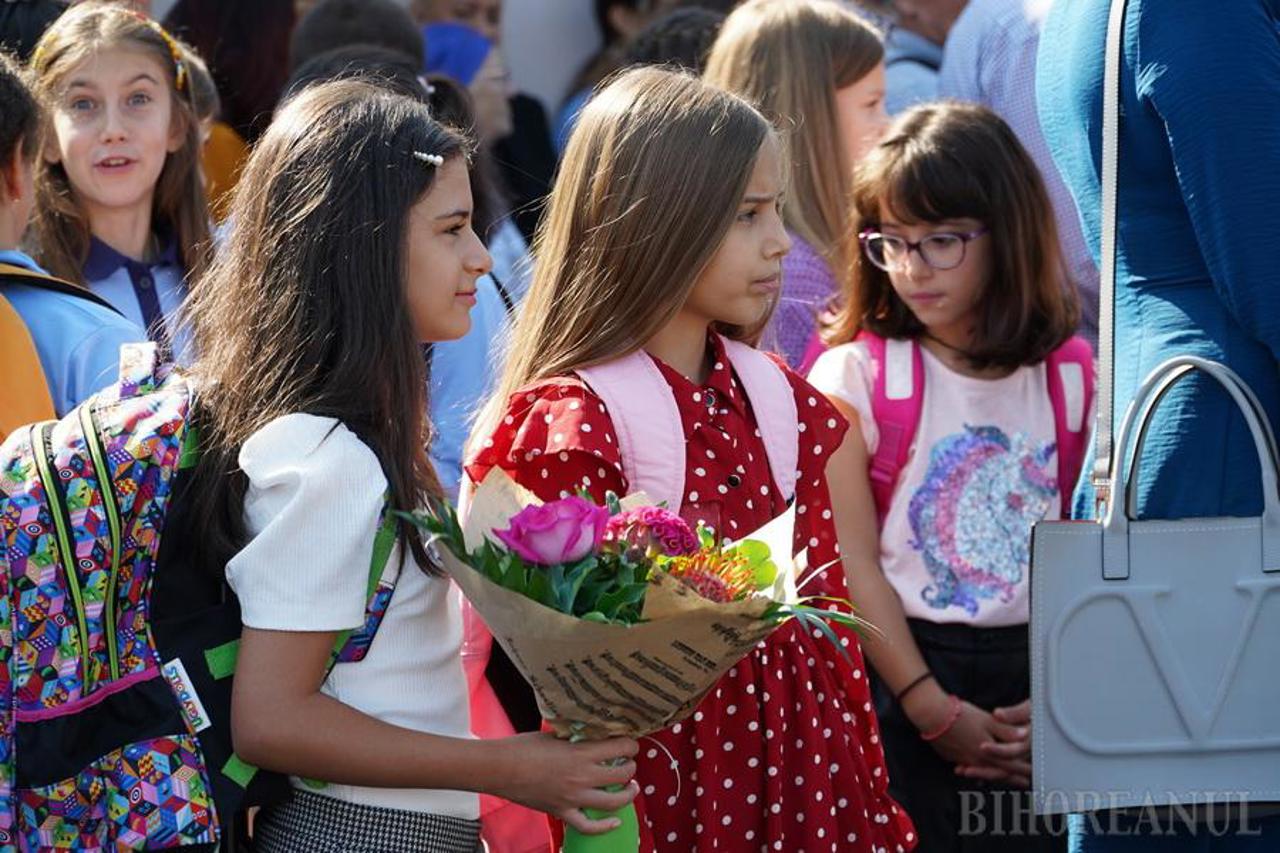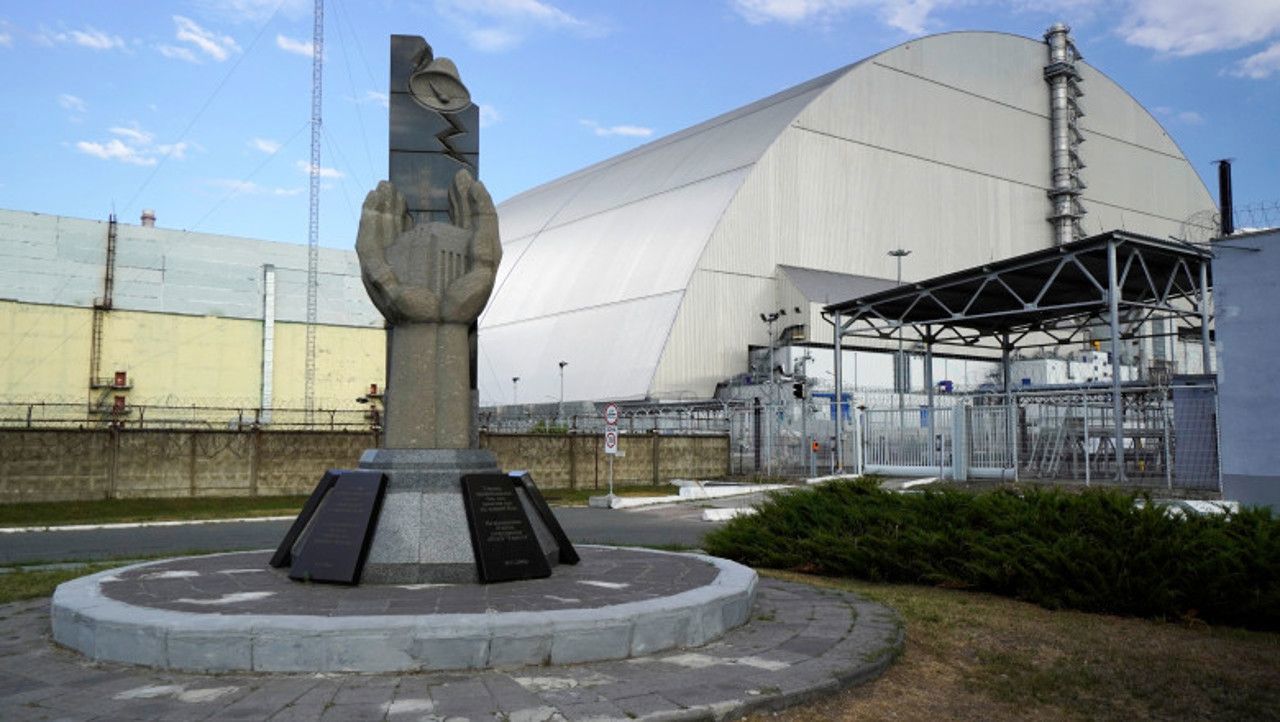NBS data: Due to the low birth rate and migration, fewer and fewer students are enrolling in schools and secondary schools
In this academic year, there are more than 2,000 fewer students in primary and secondary schools compared to last year, according to data from the National Bureau of Statistics (NBS). Experts in the field of education told Radio Moldova that the number of children decreased due to the low birth rate and migration.

At the beginning of the 2022-2023 academic year, approximately 334,500 students were enrolled in primary and general secondary education, 0.6 percent less compared to the previous academic year. The director of programs at the Public Policy Institute, Anatol Gremalschi, told Radio Moldova that the number of children in schools is decreasing because of the precarious demographic situation, but also because of migration.
"During several years, the birth rate has been decreasing and the number of students enrolled in primary and secondary education has also decreased. Families whose members are of reproductive age migrate. In general, it is very important that educational institutions adapt to these trends and optimize the number of classes", said Anatol Gremalschi.
According to the National Bureau of Statistics, of the total number of students studying in primary and secondary schools, 55 percent study in urban areas and 45 percent in rural areas. Approximately 30 percent of the total number of students were enrolled in primary and secondary education institutions in the municipality of Chisinau, approximately 28 percent of the students are in the Central area of the country, 24 in the Northern region, 12 in the South, almost 5 percent in UTA Gagauzia, and a smaller percentage of Moldovan students are in the Transnistrian region.
At the same time, in this academic year, the number of students studying in public institutions decreased by 2,500 less, and the number of children in private institutions increased by 300 more.






